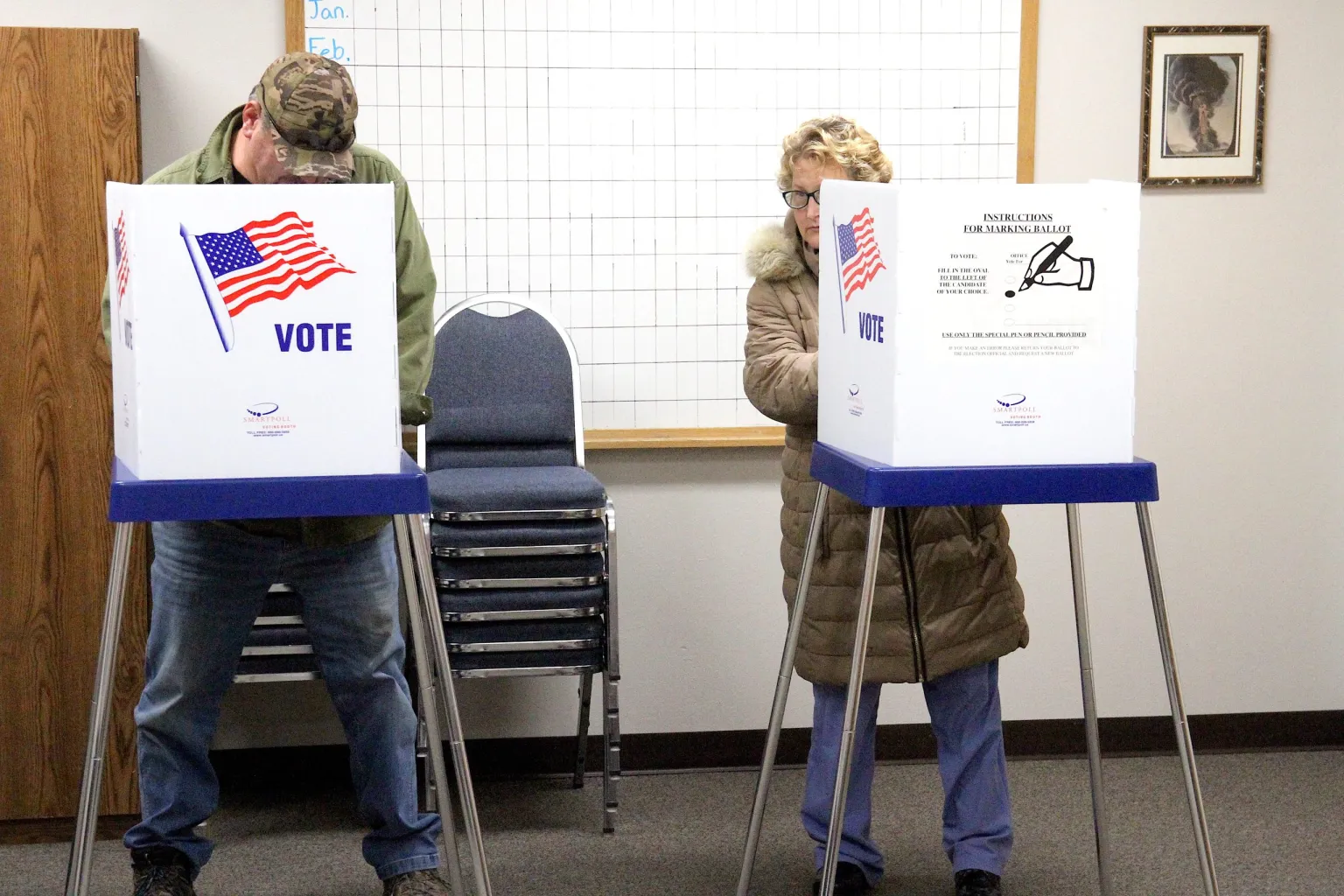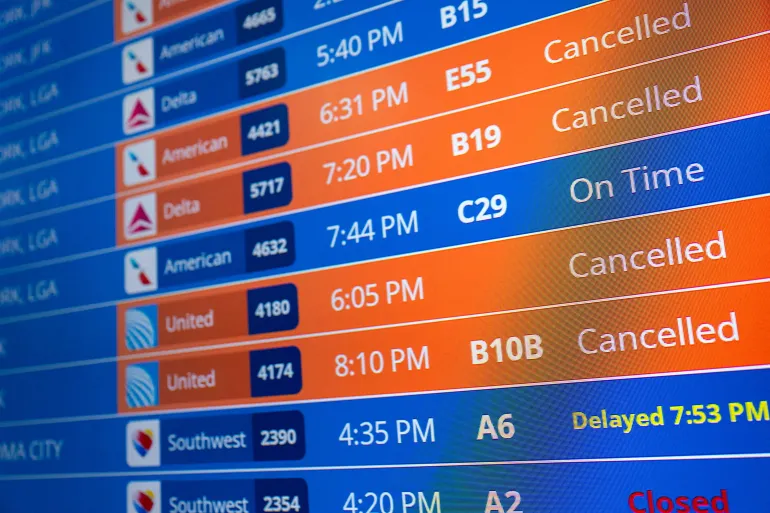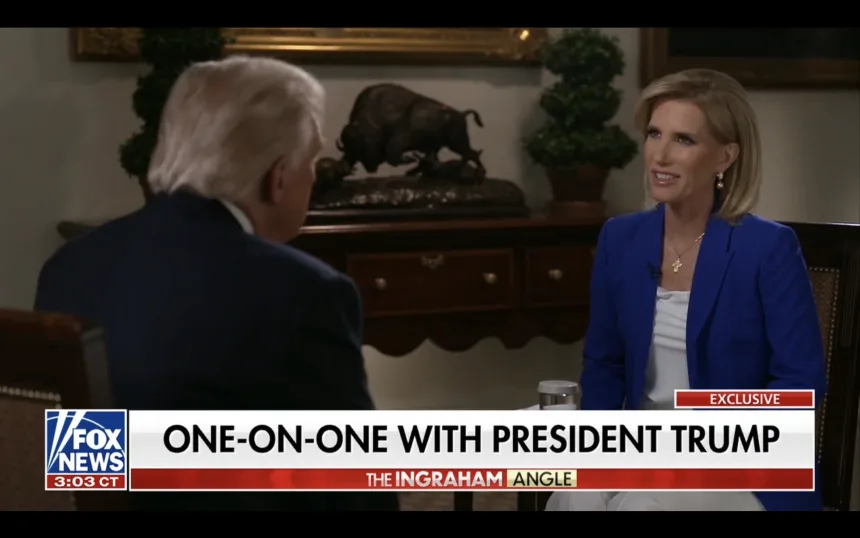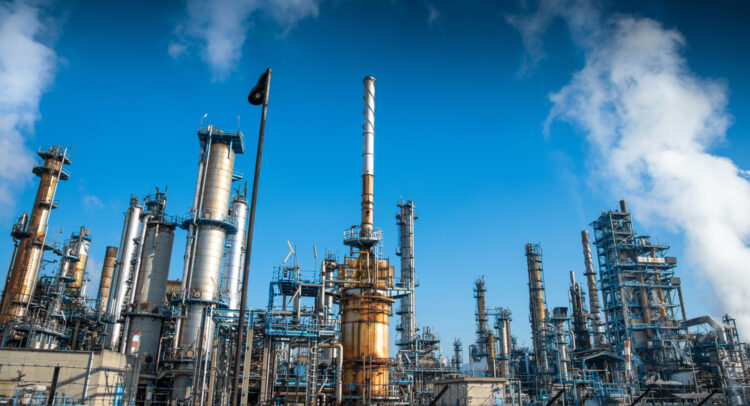Chinese rare earths magnet manufacturer JL Mag Rare-Earth Co. announced on Wednesday that it has received export licenses for a range of products—including magnets, motor rotors, and related components—to markets including the United States, Europe, and Southeast Asia.
The development follows China’s recent decision to place certain rare earths and associated products under export controls.
The company disclosed the news via the Shenzhen Stock Exchange’s official investor relations platform but did not specify the exact timing of the license approvals. It did note, however, that approvals were being granted “in succession” following its application.
JL Mag’s announcement came shortly after US and Chinese officials concluded trade discussions in London, where they reached a preliminary agreement to address restrictions on rare earth exports. US Secretary of Commerce Howard Lutnick indicated that the new framework would “resolve” the ongoing issues surrounding these critical materials, pending final approval by both governments.
Shares of JL Mag surged as much as 12% on the news, reaching their highest intraday level since 2022.
China’s export restrictions on rare earths, first expanded in April, have disrupted supply chains across several industries—including automotive, aerospace, semiconductors, and defense. China produces around 70% of the world’s rare earth materials, making it a key player in this globally strategic sector.
The Ministry of Commerce, which oversees the export licensing process, has faced a significant backlog, as thousands of applications await review. Reports suggest that China has begun to fast-track approvals for some European companies, signaling a possible willingness to ease the trade bottleneck under select conditions.
Rare earths, and especially rare-earth magnets, are vital for a variety of high-tech applications, from electric vehicles and wind turbines to advanced military systems. As such, they have become a focal point in the broader US-China trade conflict.
The latest license approvals may be seen as a gesture of goodwill or a tactical move amid efforts to de-escalate trade tensions. However, uncertainty remains. The American Chamber of Commerce in China recently noted that some suppliers to US firms had received six-month permits, but added that the backlog of applications was still creating delays and ambiguity for global buyers.
Data from April—the most recent month available—showed a sharp 54% year-over-year decline in the value of rare-earth magnet exports from China, underscoring the chilling effect of the new restrictions. Updated figures for May are expected later this month and will offer further insight into how trade flows are responding to policy adjustments and diplomatic efforts.
The provisional US-China trade agreement on rare earths, reached in the UK, awaits formal approval from President Xi Jinping and President Donald Trump, who remains active in policy discussions.










The latest news in your social feeds
Subscribe to our social media platforms to stay tuned